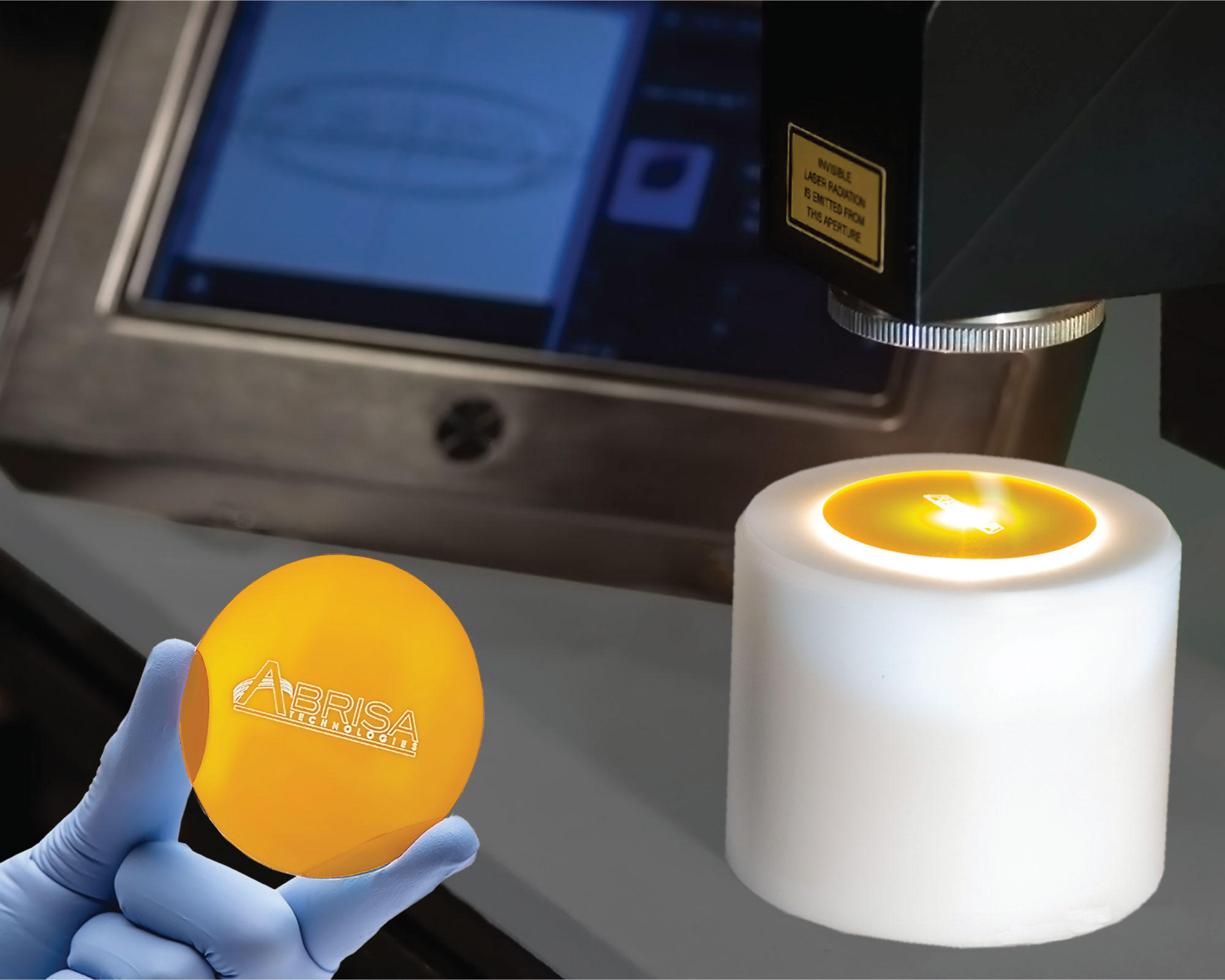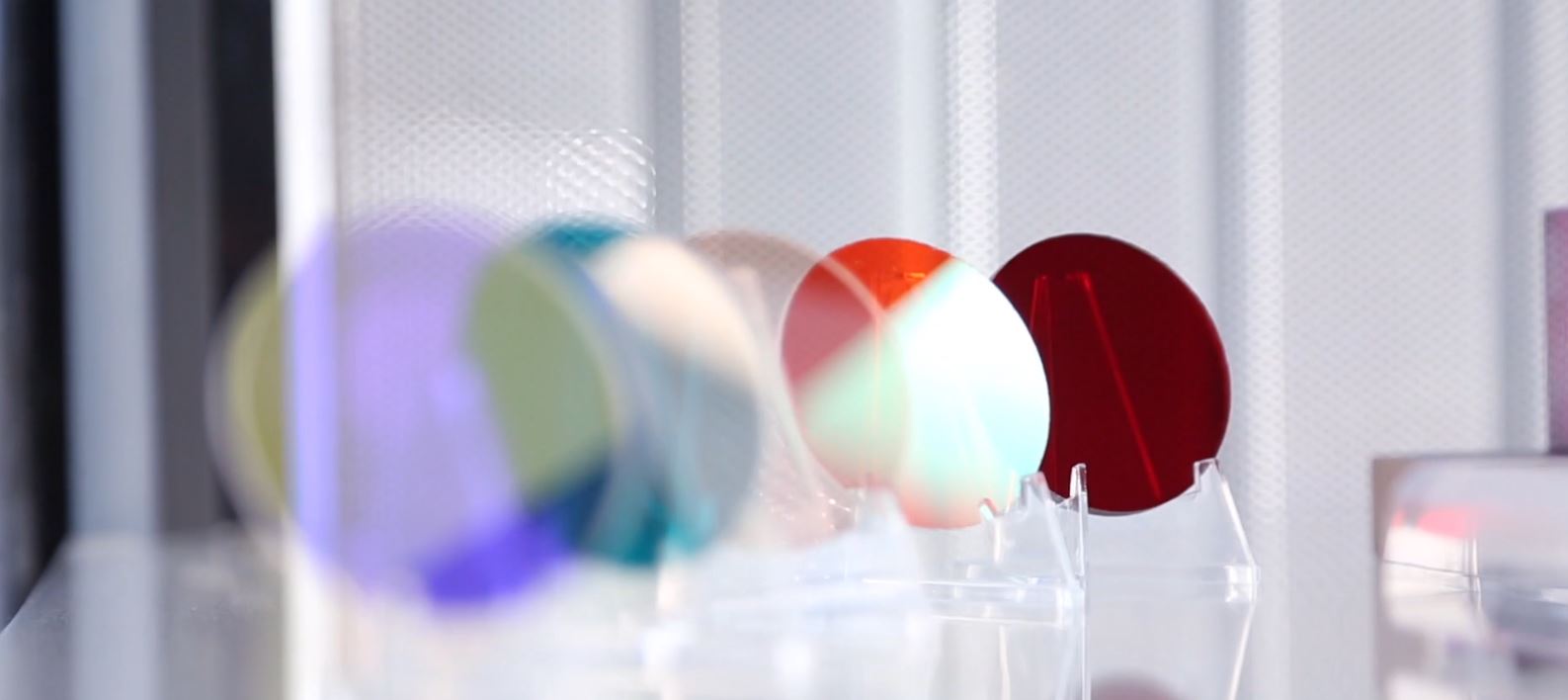Photonics
Photonics is the science that focuses on the interaction between light and matter. Photonics also focuses on technologies that enable precise control of that interaction (emission, detection, collection, transmission, amplification, analysis, etc.). Although somewhat unknown to the general public, photonics applications are found at all levels of modern society, from daily-routine applications to the most advanced industrial and scientific techniques. Technology of the XXI century.
Contact our experts
Light on a technology of the future
Electronics is based on the control of electrons. These infinitesimal elementary particles are found in every atom of our bodies and in every atom throughout the universe. In the same manner, photonics seeks to control and use the properties of photons, these “elementary particles of light”, whose existence and certain physical properties were discovered by Albert Einstein at the beginning of the 20th century.
The discipline that studies the propagation of light in different environments (air, glass, vacuum, etc.) is called optics. For centuries, the discipline of optics has made it possible to create devices that have changed the way humanity perceives the world around it, both in the domain of the infinitely large (telescopes, astronomic refractor telescopes) and the infinitely small (magnifying glasses, microscopes), not to mention the human scale (glasses or camera lenses).
Photonics goes even further; it is interested in the mechanisms that preside over creation, namely the propagation and detection of light at the most elementary level.
This fundamental research gave rise to revolutionary technologies that we use today without even thinking about them.
From prototype to production – our expertise at the service of your industry
Precision polishing:
- Precision down to λ / 20 for diameters under 300 mm
- All types of materials: silica, sapphire, silicium, germanium, ceramics, quartz, Zerodur, etc.
- All applications: windows, mirrors, prisms, lenses, waveplates, filters, etc.
- Polishing of dimensions up to 1000 mm
Technology for manufacturing glass:
- Chemical reinforcement
- Thermal tempering
- Screen printing
- Laser marking
Thin-film optics:
1 – More than 35 chambers dedicated to meeting the needs of our customers.
2 – Technologies: electron-beam deposition, ion-assisted deposition,Sputtering, evaporation, thermal CVD deposition.
3 – Proposed wavelengths from 200 nm in UV to 20 µm in far infrared.
Different types of materials can be treated depending on these wavelength ranges (glass, crystal, chalcogenides, metals, semiconductors, etc.) as well as different shapes (flat, curves, cylinders, complex shapes, fiber-optic terminations, etc.).
- Anti-reflective coatings, metallic coatings, dielectric coatings, beam splitters, filters, polarization
- Multi-spectral coating
- Internal (prism) and external
- Filters: broadband, narrowband
- Deep black absorbent treatment
- Transparent conductors (ITO)
- Busbars
- Water-repellant solutions
- Coatings with a high laser damage threshold
- Resistance as specified by the customer. In some cases this involves a compromise between resistance to harsh environments and high optic performance
Masking and lithography:
Etching with different types of technologies (photolithography, lift-off, wet etching, laser):
- Masking and creating complete optical components
- On 2” to 8” substrates.
- Resolution down to 1 μm in width and 0.15 μm in thickness
- Different types of substrates and etched materials (Al, Ag, Cr, Cu, Ni, Au, etc.).
Electroforming:
- Nickel deposition, thickness from 30 to 200 μm
- Circles, pits, closed shapes down to the micron
- Coatings for emission control and reflection control
Precision cutting:
Technologies: laser, die-cutting, waterjet, slicer, wafer cutting:
- Glass, batteries, Si wafers, metals, plastics
- Thickness up to 0.05 mm
- Lateral smoothness up to 3 μm
- CNC machining
New uses for LED light
Photonics is involved in new uses for interaction with everyday objects.
This interaction will be accomplished by the presence of either tactile screens or non-tactile screens. This interaction can also occur by means of opto-electronic devices that track eye movement – if the pointing function is not done by the hand.
HEF is also active in this field and develops screens for an extensive range of applications that extends from screens for video games to tactile controls used by pilots of the Rafale combat aircraft or future projects involving connected autonomous vehicles.

HEF PHOTONICS, a pioneer in innovation
Our HEF PHOTONICS subsidiaries work closely together to create synergies and meet the most complex technical challenges in the field of photonics.
By combining their respective competencies, our HEF PHOTONICS subsidiaries are able to provide their customers with innovative, high-performance, and sustainable solutions.
Learn about the production sites of our subsidiaries:
- ABRISA TECHNOLOGIES
- ACERDE
- FICHOU
- HEF PHOTONICS SAINT-ETIENNE
- KERDRY
- NEYCO
- OPTIMASK
- Photoscience
- TELIC Compagny
- Agama Glass Technologies











